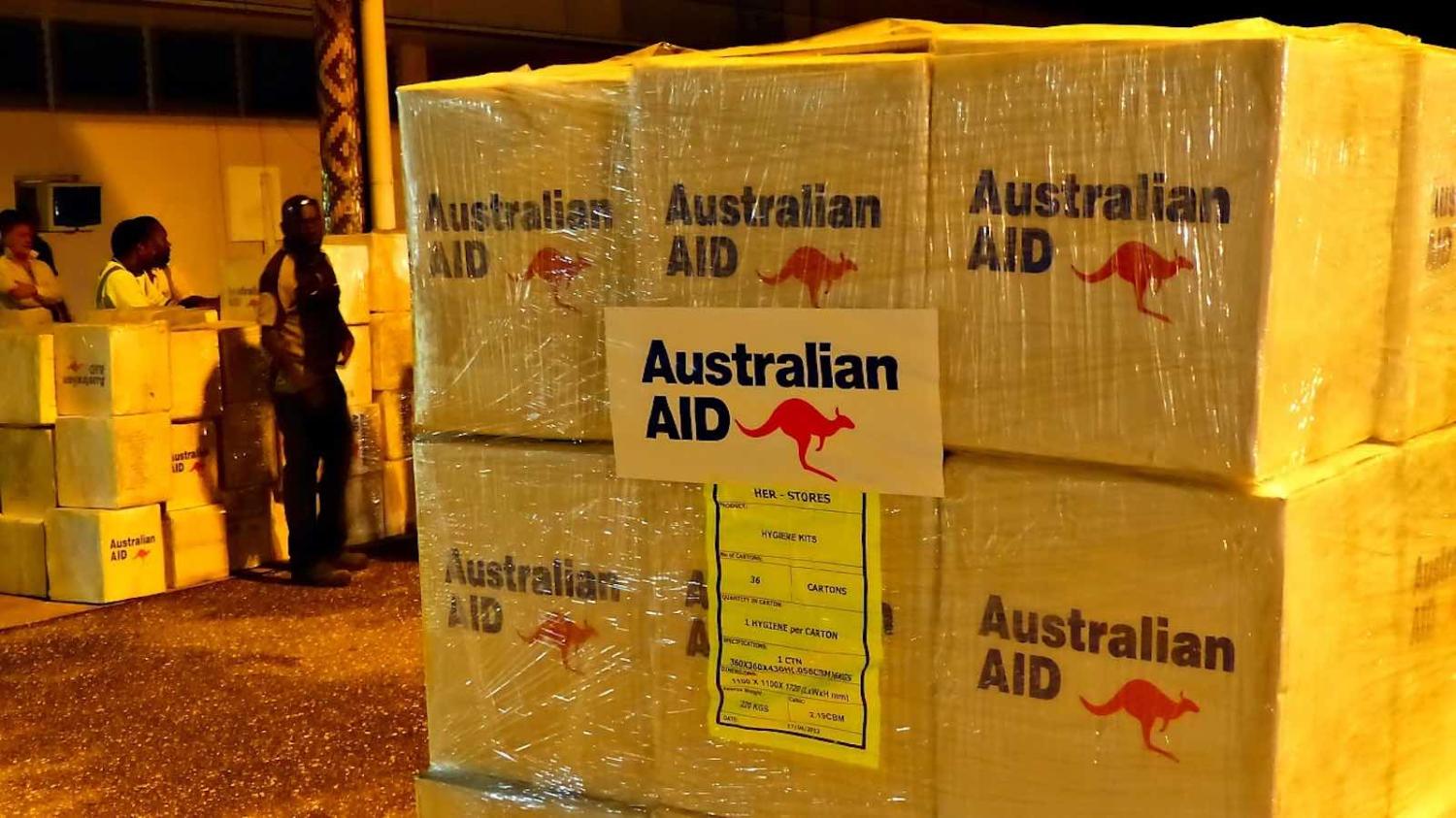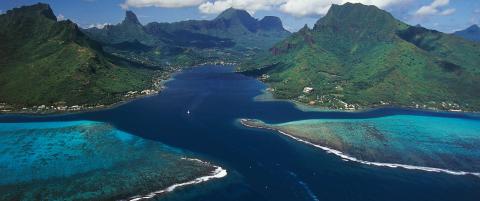The “Australia–China–Papua New Guinea Pilot Cooperation on Malaria Control Project” is one of the most famous aid projects in the Pacific.
It is not a large project. Indeed, at $1.3 million per year it represents only about 0.2% of Australia’s bilateral aid spending in PNG. Its fame derives from the fact that it is the only Australian aid project being delivered in partnership with China.
Having a “trilateral” project with China is a good look. Australian and Chinese officials often point to the effort to combat malaria as an example of how the two countries can work together, and to suggest that talk of strategic competition in the Pacific is overstated.
Yet as this competition continues to intensify, projects such as this are also being heralded by some as a remedy. Jennifer Hsu of China Matters and Melissa Conley Tyler of Asialink have both recently argued that Australia should ramp up development collaboration in the Pacific with the People’s Republic.
This view is certainly worth considering. Given the frigid state of Canberra’s bilateral relationship with Beijing, it would be encouraging to see Australia find areas for cooperation. China is an increasingly active development player in the Pacific, but it is moving quickly and messily in a lot of directions, and is not known to play nicely with others. If Australia can alter Beijing’s approach to development support, even at the margins, and thereby improve outcomes in the Pacific, that would be worthwhile.
But there are two flaws with the argument.
The first is practical. As Conley Tyler acknowledges, trilateral aid projects are hard. They take time, effort, and huge amounts of goodwill. Australia rarely signs up to trilateral projects, even with like-minded countries and organisations. When it does, it is usually a “co-financing” money swap – for example, the Asian Development Bank takes the lead in building a hydroelectric power station in Solomon Islands, and Australia helps to fund it.
By and large, Australia’s aid projects are better managed and more effective than China’s. Why share the credit?
Trilateral projects are much harder with a country such as China, which delivers aid in a very different way, and doesn’t even attend donor coordination meetings in the region.
Australian officials have their hands full delivering an ambitious Pacific Step-up, crafting a new aid strategy (including refreshing all bilateral aid investment plans), building a new Pacific lending program, and managing Australia’s largest ever aid spend in the Pacific (one which dwarfs China’s own efforts). The focus should be getting Australia’s own policy and investment settings right, rather than embarking on time-consuming trilateral projects with China.
The second objection is strategic. Australia is competing for influence with China in the Pacific. The Step-up is not unrelated to the new Chinese assertiveness in the neighbourhood, or the reported desire of the People’s Liberation Army to establish a military base in the region.
Why would Australia then seek to ease the path for China in the Pacific by cooperating with Beijing on development matters? The Lowy Institute’s Pacific Aid Map has demonstrated that Australia is the aid giant in the Pacific, providing more than 45% of all aid to the region. By and large, Australia’s aid projects are better managed and more effective than China’s. Why share the credit?
Australia would doubtless be pleased to see China enforce common international standards on its aid projects and activities by state-owned enterprises in the region. Yet would more trilateral projects ensure any of these changes? It seems unlikely. Rather Australia should look for other ways to encourage China to be a better actor, including by calling out poor behaviour. Australia should also urge its friends in the Pacific to hold all players to a higher standard.
The bilateral relationship between Canberra and Beijing is in poor condition. Finding a new modus vivendi will take time – but we mustn’t force it. Where interests overlap, Australia should look for ways to work with China, including in the Pacific. But pursuing cumbersome trilateral aid projects with the PRC is not the place to start.


